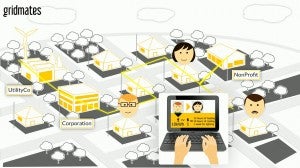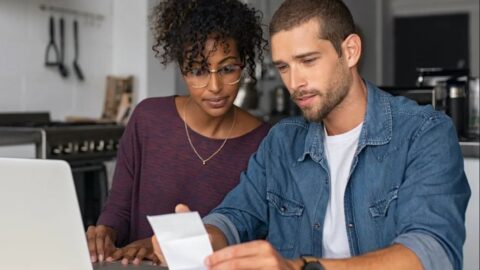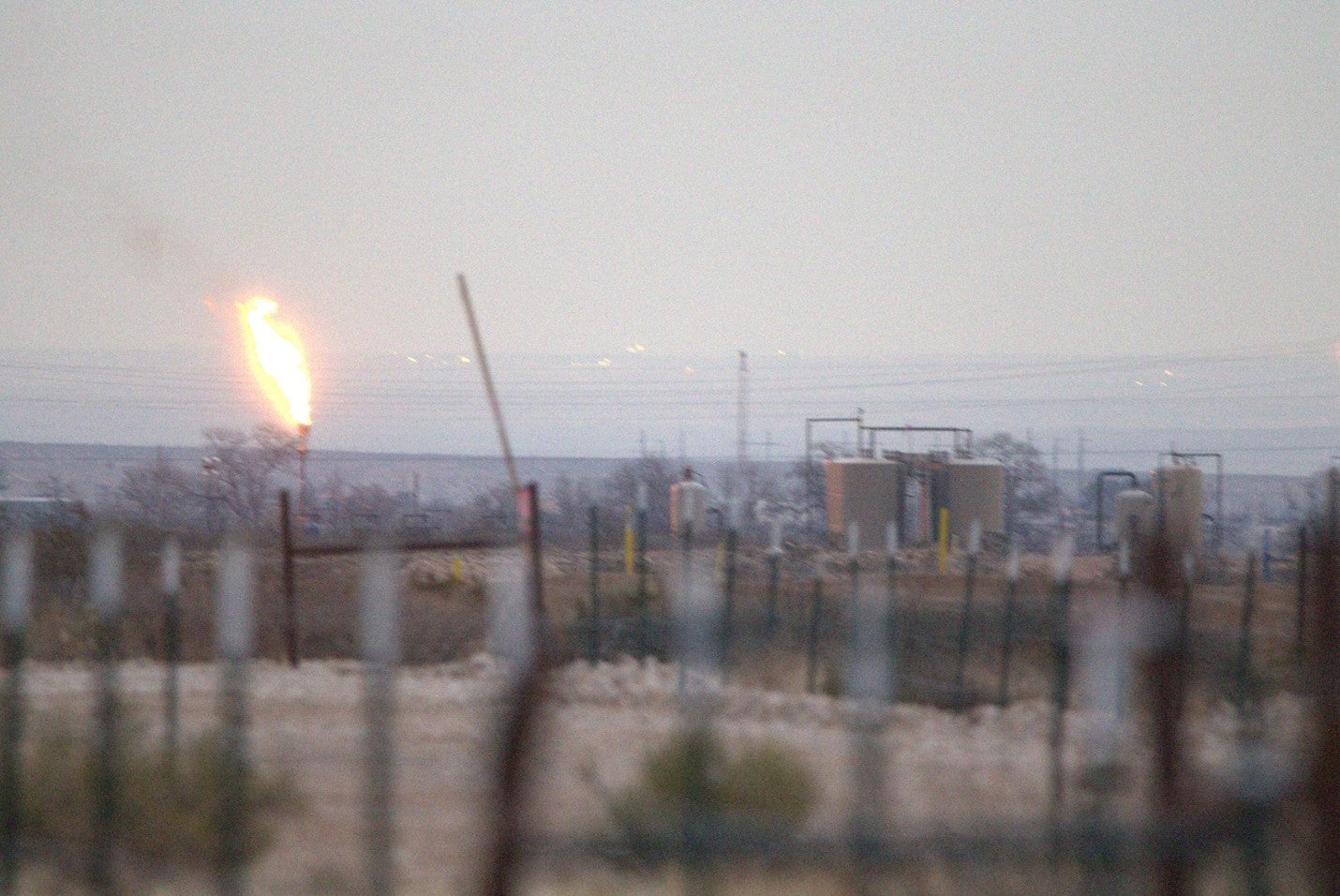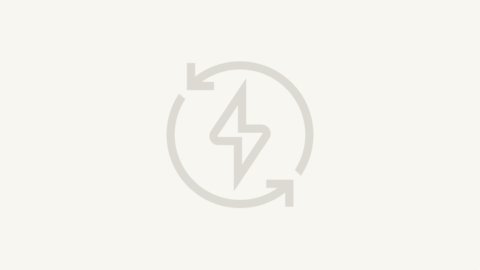In Austin, Clean Energy Innovators Are Helping to Alleviate Energy Poverty
 At Environmental Defense Fund, we advocate for policymakers, utilities, and other decision makers to design programs and support policies that enable everyone to benefit from a clean energy future, especially low-income families who are disproportionately affected by pollution from power plants. Recently, in Texas, a new innovation caught our eye that brings this concept to life.
At Environmental Defense Fund, we advocate for policymakers, utilities, and other decision makers to design programs and support policies that enable everyone to benefit from a clean energy future, especially low-income families who are disproportionately affected by pollution from power plants. Recently, in Texas, a new innovation caught our eye that brings this concept to life.
This post is an interview with Gridmates CEO George Koutitas, who is harnessing the Internet, crowdsourcing, and generosity to bring light and warmth into homes that otherwise wouldn’t have power.
What is energy poverty? In the U.S. and Texas, how many live without electricity or struggle to pay for their electricity bill each month?
In the U.S., approximately 48 million people are at or below the poverty line and may be suffering from energy poverty, meaning they cannot afford to pay for electricity and other utilities. In Texas, more than 4.6 million people are living in energy poverty. These are low-income families and, in some occasions, they owe a $5,000 accumulated debt to utilities. This debt often leads to energy service disconnections, leaving families without heat and power. Thankfully, in 2014, the Low Income Home Energy Assistance Program (LIHEAP) provided energy assistance to roughly 6.9 million households nationwide, but this is just the tip of the iceberg.
[Tweet “New Post from @Hart4Solar: In Austin, Clean Energy Innovators Are Helping to Alleviate Energy Poverty @Gridmates “]
Do you have a sense of how much a family in a low-income neighborhood pays for electricity each month relative to their income?
As an example, in the southern states, electricity for a low-income household (defined as a household with total income less than $20,000 a year) is approximately $1,600 each year. So, if a family earns an income between $10,000 and $20,000, they typically spend eight to 16 percent of their total income to pay for electricity, leaving a very modest budget for food, health, and education. In comparison, for homes in the top 20 percent of income bracket (before taxes), energy bills account for three percent of total expenses.
Why and how exactly does clean energy provide an opportunity to alleviate energy poverty?
Clean energy plays a major role in the fight against energy poverty. Lots of new technologies have and will emerge to enrich and empower energy choices for everyone, regardless of income level. Utilities have started doing great things in this direction. The future of the energy network is very promising and people-centric. Prosumers of energy (people that produce and consume energy, like those with rooftop solar panels) will play a vital role in the future energy grid. Community solar (a project where multiple neighbors collectively investment in a solar facility located in or near their community) is a great initiative and can help low-income communities.
Over the life of their installation, energy efficiency upgrades and solar panels pay for themselves – but they can require upfront costs. Without available funds, how do low-income communities gain access to these technologies?
Many electric utilities offer weatherization programs to support funding for low-income households. The only disadvantage of these programs is that they require time to be implemented and they do not eliminate energy poverty completely. A person that receives weatherization help, such as adding weatherstripping to doors and windows, is able to reduce a given percentage of their energy bill. However, this person still needs our help and, in most occasions, needs immediate help. For example, a person may suffer from an emergency medical condition, may lose their job, or live on fixed income, situations that minimize available funds during these hard times.
As a new way to enhance the performance of existing weatherization programs, Gridmates offers a platform that incentivizes people and corporations to save electricity (a benefit for them) and donate it for the benefit of the community.
What does Gridmates help exactly?
The idea behind Gridmates is to leverage Internet technologies and provide a direct and immediate way to improve the lives of those who need help. We harness peer-to-peer energy sharing to eliminate energy poverty.
Anyone can use the Gridmates platform. Individuals can donate energy (with tax credits) via their smart phones and laptops. Corporations can create community challenges and engage their community to donate energy, or even donate energy themselves. Utilities can use the Gridmates platform to enhance existing assistance programs. We are currently in the process of engaging utilities, whose participation is very important.
The process is very simple. By buying a small amount of energy, participants will see – in real time – the impact of their energy donation via the world’s first energy-sharing dashboard. Plus, we provide donors with personalized energy-saving tips to help them conserve energy in their home. You can imagine this as a “cost neutral donation.” Gridmates educates people about how to save energy, so they can donate it for the benefit of the community.
Can you tell us about the Community First! Village in Austin?
The Community First! Village is a visionary project of Mobile Loaves & Fishes in Southeast Austin, Texas. It’s a 27-acre, master-planned community that will provide affordable, sustainable housing and a supportive neighborhood for approximately 240 disabled, chronically homeless people. Within the Community First! Village, there is a mix of RVs, canvas tents, and energy-efficient microhomes, designed in collaboration with the University of Texas School of Architecture. Residents of the village also have kitchen, laundry, bath, and workshop facilities to help them restore their lives. We expect the Village will open this coming spring.
Gridmates is facilitating energy donations for the Community First! Village. Our mission is to inspire people to improve the lives of others by donating energy to help power the Community First! Village during its first year of operation. This will create the world’s first community powered by crowdsourced energy. The campaign seeks to raise $85,000 of the estimated $213,000 in electricity the village will need to cover heating, cooling, laundry, cooking, washing, and lighting. With Gridmates, you can become the solution to energy poverty, too.
EDF applauds Gridmates’ creative approach to use crowdsourcing to help low-income households address energy needs. Keep reading to learn about more innovative approaches that are building our clean energy future.
Photo source: Gridmates
This post originally appeared on our Texas Clean Air Matters blog.












